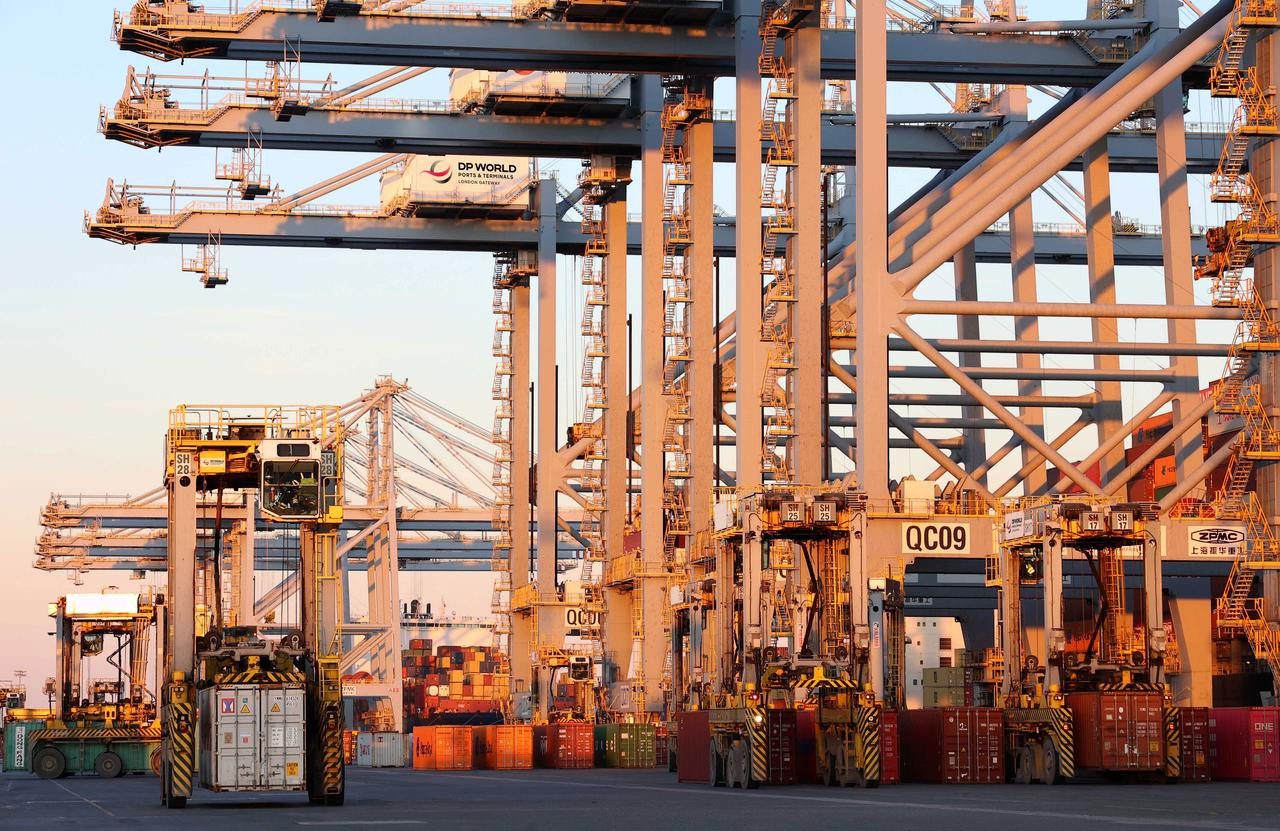Tenaska NG Fuels, LLC and Waller Marine, Inc. have announced an agreement to develop, construct, own and operate Louisiana’s first natural gas liquefaction and fueling facility along the New Orleans-Baton Rouge Mississippi River corridor with access to the Gulf of Mexico.
Located on approximately 80 acres at the Port of Greater Baton Rouge, Tenaska Bayou LNG will provide liquefied natural gas (LNG) and compressed natural gas (CNG) as alternative clean-burning fuels for the high-horsepower marine, transportation, and natural gas and oil exploration and production industries in the region.
“Waller Marine is pleased to team with Tenaska to bring the Baton Rouge LNG facility to fruition,” said David Waller, president and CEO of the Houston-based company. “Tenaska’s nearly 30-year record of developing, financing and constructing energy projects and marketing natural gas, combined with Waller Marine’s expertise in naval architecture and energy projects, delivers a strong, experienced team that will provide a low-cost, domestic and clean-burning fueling option to the high-horsepower industries in the region.”
Waller Marine is actively developing regional markets through its LNG development subsidiary, Waller LNG Fueling (Baton Rouge) LLC.
Omaha, Nebraska-based Tenaska will provide equity for the project and will be the managing partner and commercial leader. It will also coordinate project development and construction. Leveraging its natural gas pipeline and downstream logistics expertise, Tenaska also will be responsible for natural gas supply and commodity risk management.
The companies are jointly marketing the alternative fuels.
Operations of the new facility are tentatively planned to begin in the first quarter of 2017. The facility will initially be capable of producing 200,000 gallons of LNG per day. The facility’s proximity to Interstate 10 and Highway 190 allow easy access to the growing LNG-fueled heavy truck market while simultaneously providing clean-burning LNG fuel to assist the marine industry in meeting stricter emission standards.
The plant will have access to Class 1 rail adjacent to the property and tractor truck fueling facilities for LNG-fueled trucks, as well as loading facilities for transporting LNG via tanker truck. To facilitate the marine industry access to LNG fuel, a dock will be constructed for the mooring of LNG bunker barges. Waller Marine will coordinate the bunker barge design and construction. All of these offload capabilities will provide for efficient delivery of LNG to end-use customers.
“Waller Marine could not have identified a better location for this facility,” said Doug Lauver, vice president of LNG development at Tenaska. “Undoubtedly, the project has multimodal advantages, a value credited to Waller Marine’s inroads and experience in the industry. We look forward to working with them.”
“Tenaska and Waller Marine stand ready to assist the North American marine, transportation and high-horsepower industries transition to a domestically produced, lower-cost and environmentally friendlier natural gas fuel,” said Waller.
Tenaska Bayou LNG will support growing LNG markets to displace higher-cost truck diesel and marine diesel fuels and other petroleum-based products.
The United States became a party to the International Convention for the Prevention of Pollution from Ships (MARPOL) in 2008.
“ANNEX VI of MARPOL imposes increasingly stricter emission control requirements on the shipping industry over the next few years,” said Taylor Norton, chief general counsel for Waller Marine and a resident of Louisiana.
These requirements apply to vessels operating in the waters of the U.S., including up to 200 nautical miles off the coasts, newly designated as the North American Emission Control Area (enforced jointly by the U.S. Coast Guard and the U.S. Environmental Protection Agency). Industry leaders see LNG as the most viable solution for compliance by inland river towboats operating on the Intracoastal Waterway and by carriers taking on cargoes from terminals on the lower Mississippi River and other ports of entry throughout the United States.

 Join The Club
Join The Club











